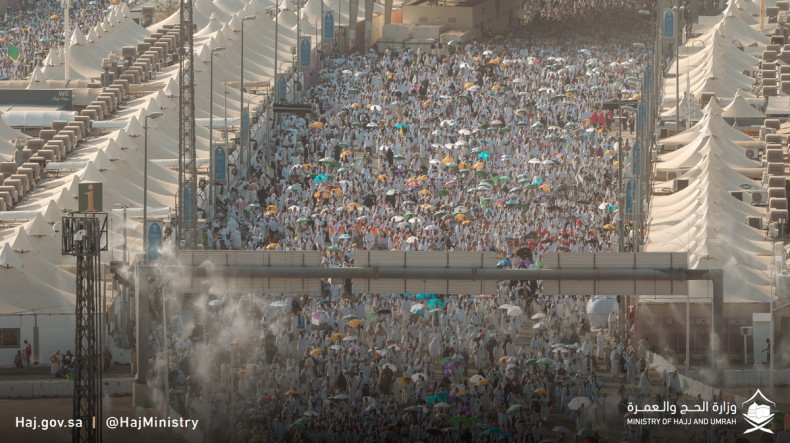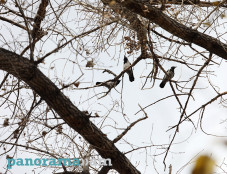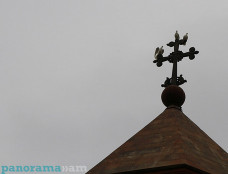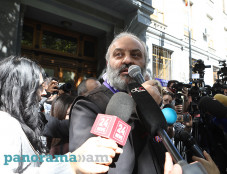
Extreme heat kills over 1,300 Hajj pilgrims in Saudi Arabia
More than 1,300 people died during this year’s Hajj pilgrimage in Saudi Arabia as the faithful faced extreme high temperatures at Islamic holy sites in the desert kingdom, AP reported on Monday, citing Saudi authorities.
Saudi Health Minister Fahd bin Abdurrahman Al-Jalajel said that 83% of the 1,301 fatalities were unauthorized pilgrims who walked long distances in soaring temperatures to perform the Hajj rituals in and around the holy city of Mecca.
Speaking with the state-owned Al Ekhbariya TV, the minister said 95 pilgrims were being treated in hospitals, some of whom were airlifted for treatment in the capital, Riyadh. He said the identification process was delayed because there were no identification documents with many of the dead pilgrims.
He said the dead were buried in Mecca, without giving a breakdown.
The fatalities included more than 660 Egyptians. All but 31 of them were unauthorized pilgrims, according to two officials in Cairo. Egypt has revoked the licenses of 16 travel agencies that helped unauthorized pilgrims travel to Saudi Arabia, authorities said.
The officials, who spoke on condition of anonymity because they were not authorized to brief journalists, said most of the dead were reported at the Emergency Complex in Mecca’s Al-Muaisem neighborhood. Egypt sent more than 50,000 authorized pilgrims to Saudi Arabia this year.
Saudi authorities cracked down on unauthorized pilgrims, expelling tens of thousands of people. But many, mostly Egyptians, managed to reach holy sites in and around Mecca, some on foot. Unlike authorized pilgrims, they had no hotels to return to to escape the scorching heat.
The fatalities also included 165 pilgrims from Indonesia, 98 from India and dozens more from Jordan, Tunisia, Morocco, Algeria and Malaysia, according to an Associated Press tally. Two U.S. citizens were also reported dead.
Historically, deaths are not uncommon at the Hajj, which has seen at times over 2 million people travel to Saudi Arabia for a five-day pilgrimage. The pilgrimage’s history has also seen deadly stampedes and epidemics.
Related news
Newsfeed
Videos






























